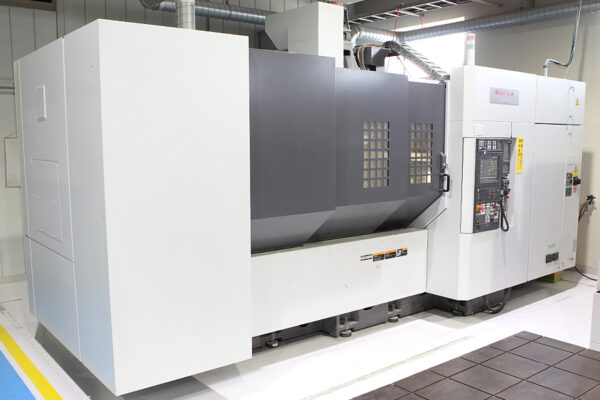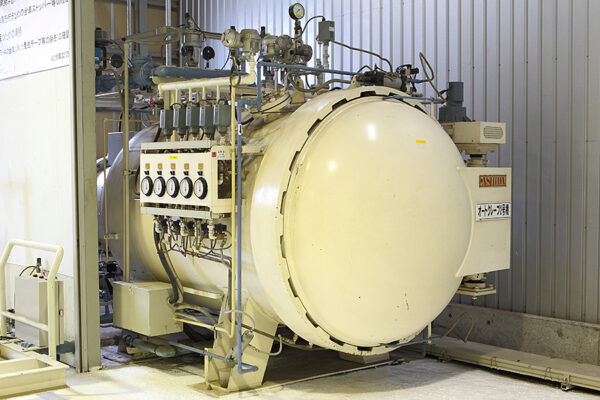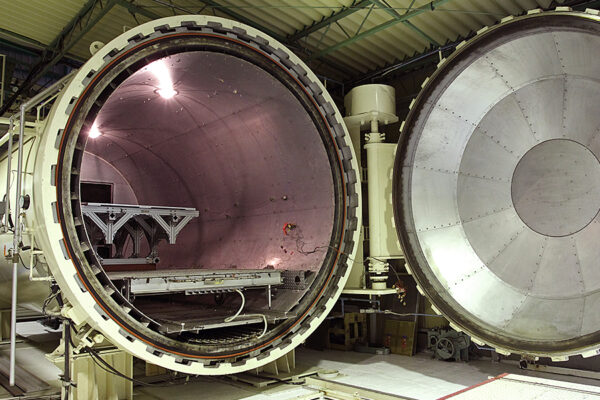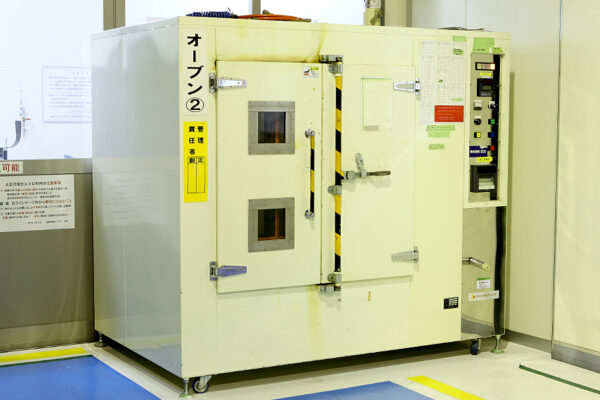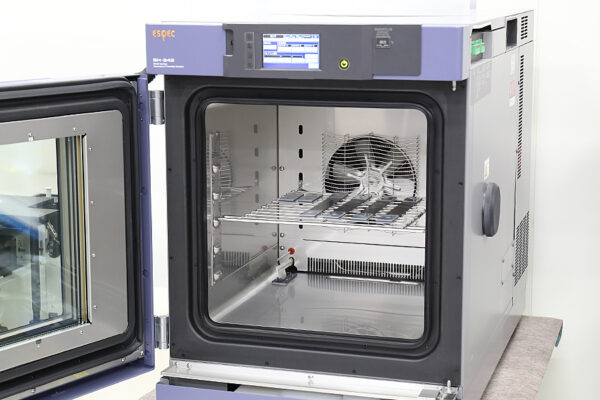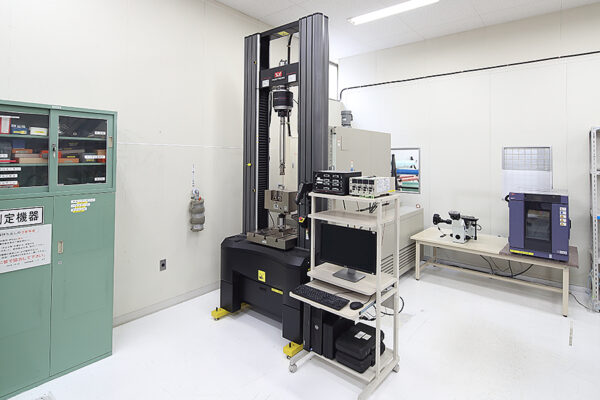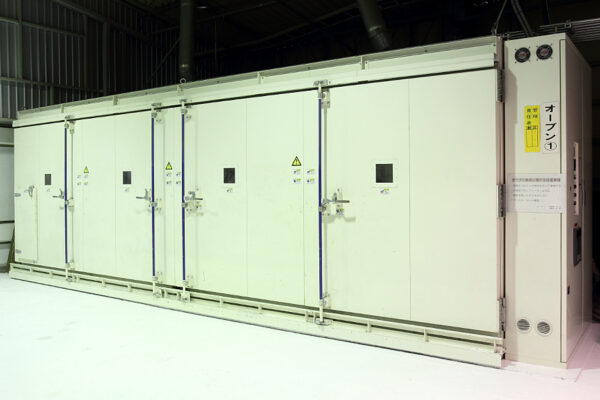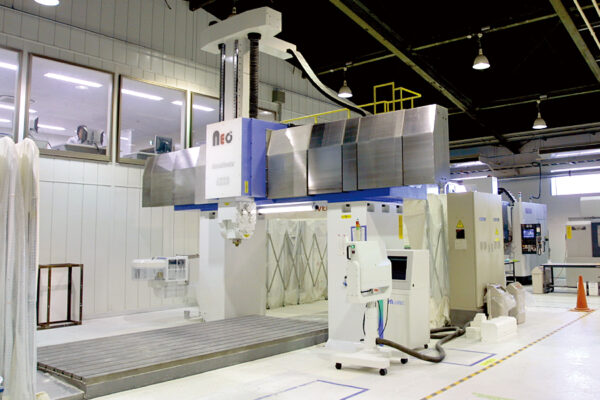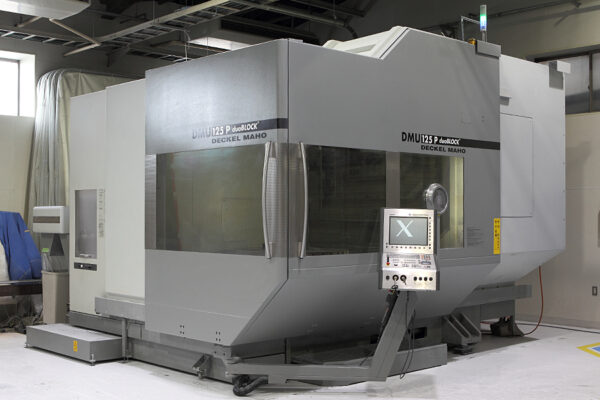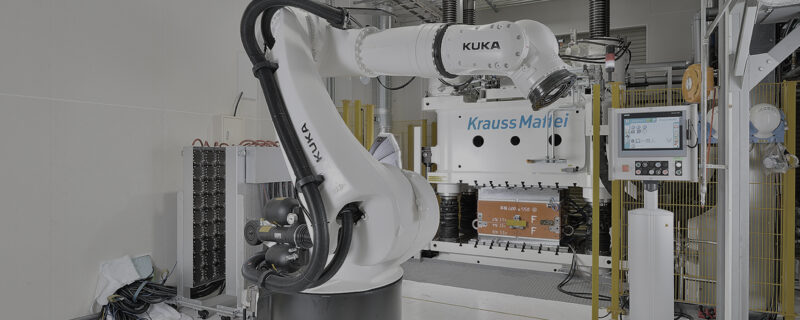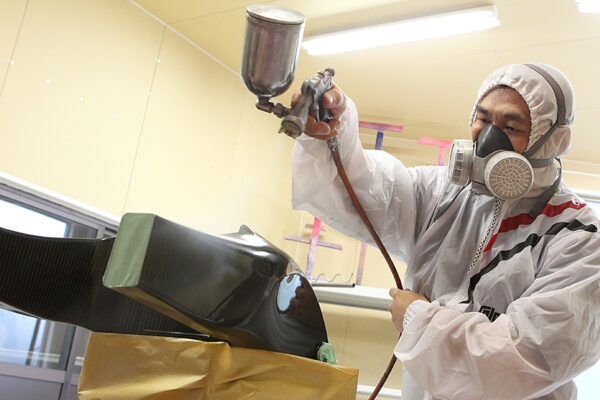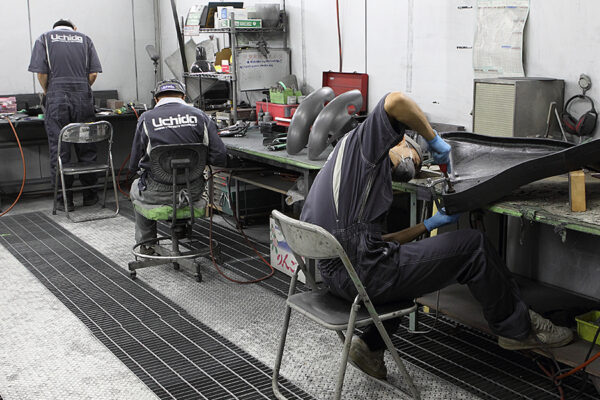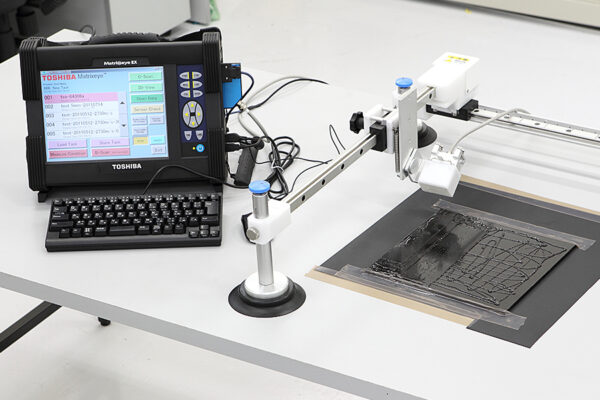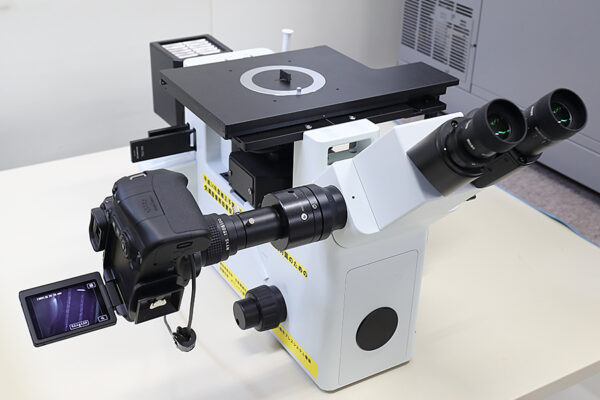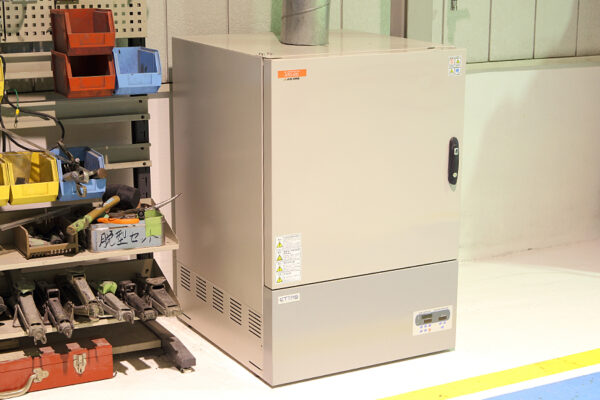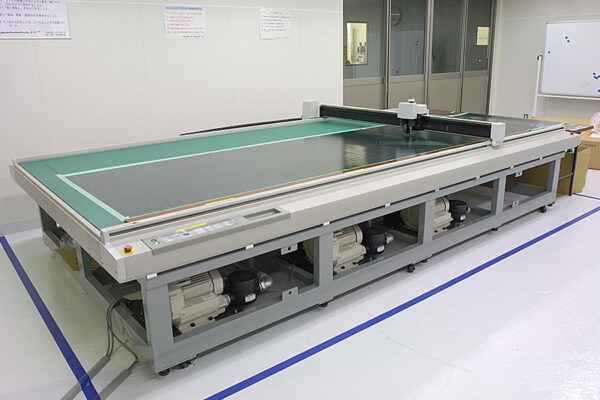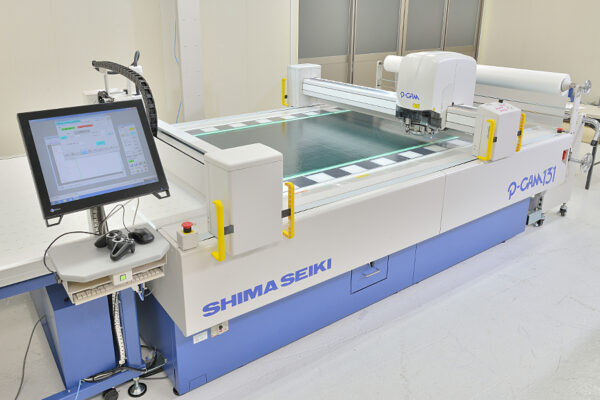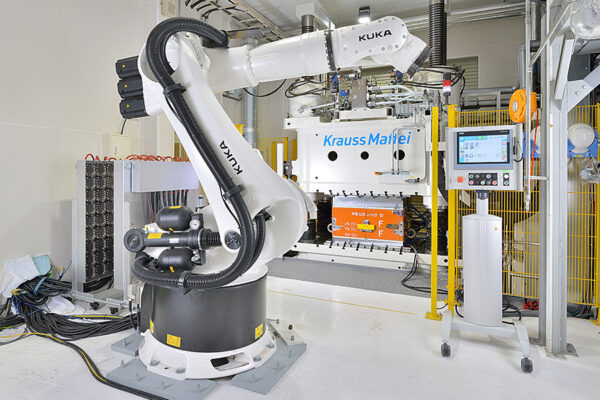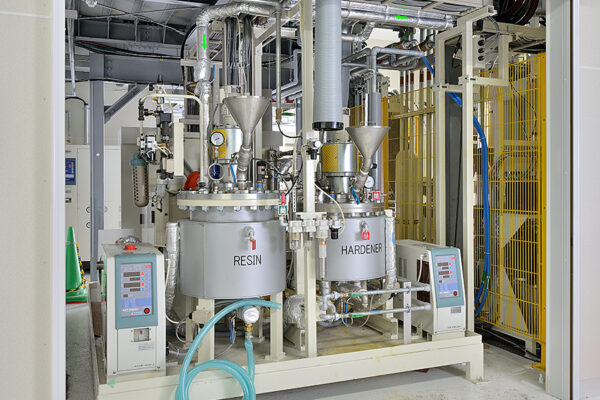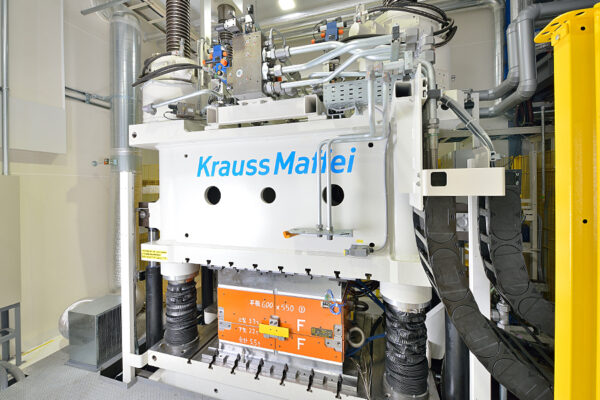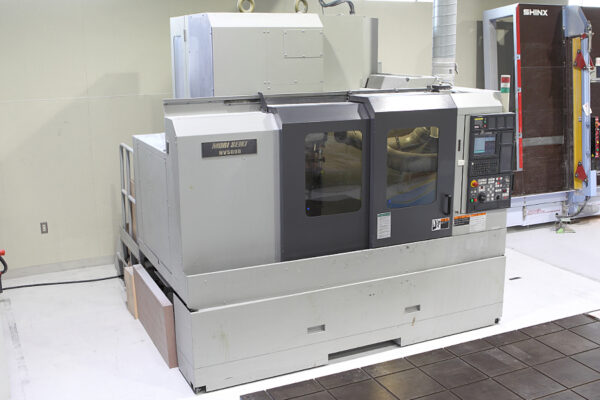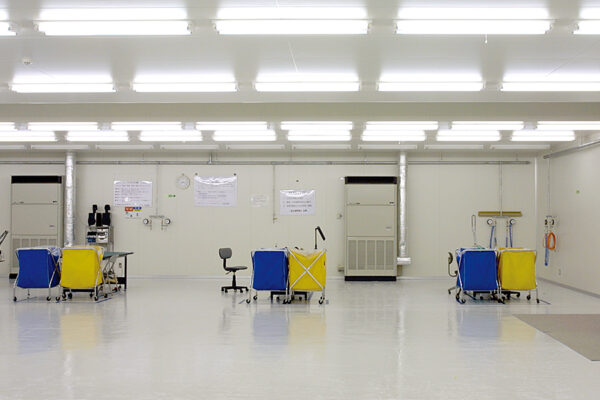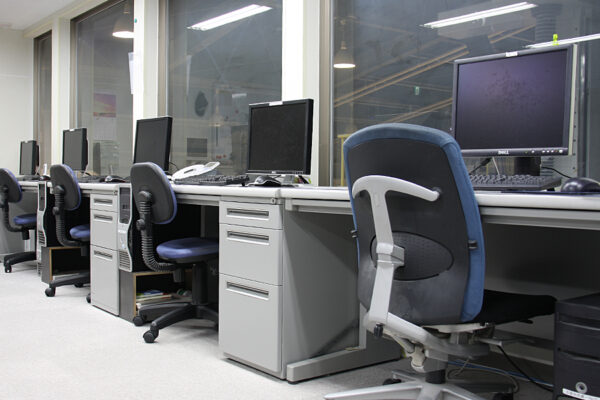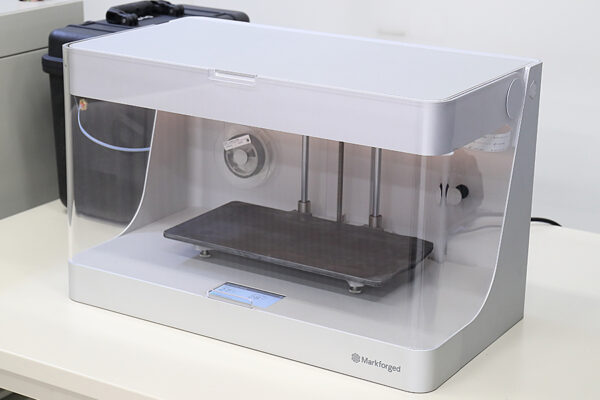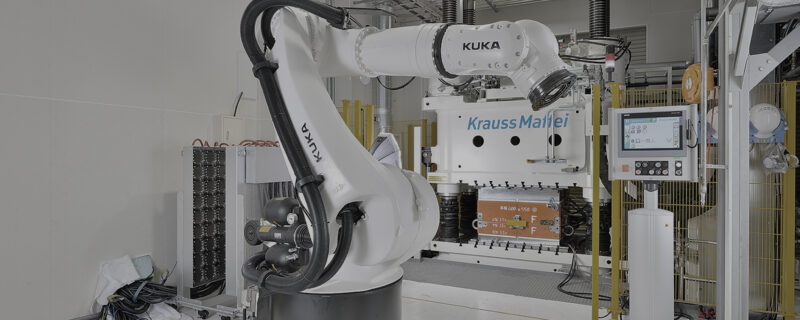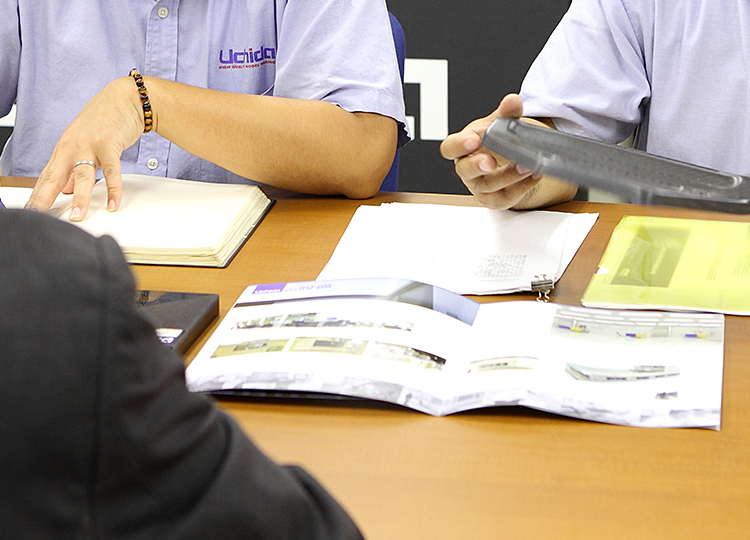Introduction
Buzzwords such as FRP, GFRP, CFRP, composites, and weight-saving materials have become common place in today’s general media. While these materials are introduced as strong and lightweight substitutes for metals, the details are often left obscure. In this issue, we’ll take a deeper look at these materials and their advantages.
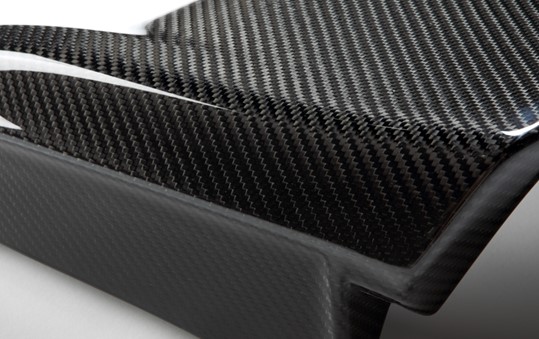
Overview
Fiber reinforced plastic (FRP) refers to plastic polymers that are strengthened with fibers. One such example is Glass Fiber Reinforced Plastic (GFRP) which, as the name implies, is a type of FRP that utilizes glass fibers as the reinforcing agent. The type of fiber used is easily understood by the first letter of the acronym; C stands for carbon, G for glass, and A for aramid. Moreover, as these materials are a composition of reinforcing fibers and resins (plastics), they are typically referred to as composites or composite materials. In this issue, we will delve into the key features and applications of CFRP.
Fiber Reinforced Plastic (FRP) Characteristics
We will begin by discussing composite materials.
Composite Materials
A composite material is a material composed of two or more different materials with properties not obtainable with a single material. Reinforced concrete, for example, is a composite material whereby the concrete is reinforced with steel bars to improve tensile stress. With fiber-reinforced plastics (FRP), the plastic is fortified with carbon fibers and other materials to produce added strength and properties not exhibited in pure plastics, allowing us to create structures that are far lighter and stronger. While the term “composite” is a less familiar technical jargon, the technique that has been around for a long time.
CFRP: The Highest Grade of FRP
Carbon Fiber Reinforced Plastics (CFRP), as the name implies, refers to plastics reinforced with carbon fibers. This advanced, lightweight, and strong material is widely adopted in aviation, automobile, sporting equipment, and similar industries.

Key Characteristics of Carbon Fiber
- One-fourth the specific gravity of iron.
- Ten times the specific strength of iron.
- Seven times the specific modulus of elasticity, compared to iron.
In addition to its renowned “strong, lightweight, and non-corrosive” properties, carbon fiber showcases a range of other features such as X-ray permeability, electrical conductivity, thermal resistance, and low expansion.
Advantages of GFRP
So far, we’ve discussed the features of CFRP. But how does it compare to GFRP and what are the differences? Here’s a quick summary.
・Lower material costs
・Excellent insulation properties and radio wave permeability
Both CFRP and GFRP exhibit similar lightweight and strong properties but have different advantages or qualities. Often a product will employ a combination of the two according to specifications.
Summary
Here we discussed FRPs and the advantages of Glass Fiber Reinforced Plastic (GFRP). As a type of FRP, both GFRP and CFRP production processes are essentially the same, except with different types of fiber. Carbon fibers are conductive material and glass fibers are insulative, so their utilization will vary depending on the application. As an advanced material, there is still a lack of available data and information which can make it difficult to wrap one’s head around. Overall, FRPs are acclaimed for their “lightweight, strong, and non-corrosive” advantages.
We hope this has given you a clearer picture of these materials and what to expect.
Related useful contents
You can explore related content by clicking on a topic of interest.
ABOUT UCHIDA - 55 years since our founding
We leverage a wealth of technical expertise as a CFRP molding and processing manufacturer using FRP, GFRP, and CFRP materials. We offer a one-stop solution, encompassing design, analysis, manufacturing, secondary processing, assembly, painting, quality assurance, and testing.
UCHIDA's equipment
We have cutting-edge equipment to ensure that we can address even the most advanced challenges of our customers.
Video Library
In the following video, we provide a detailed overview of our manufacturing process. Please feel free to watch and learn more.


